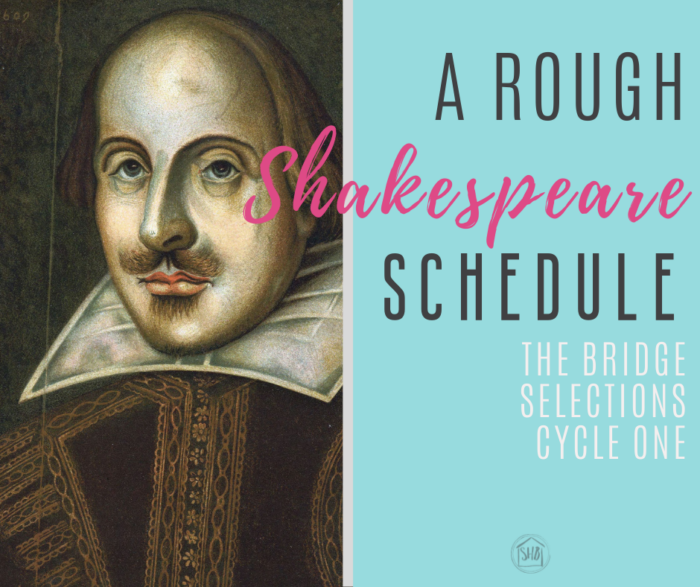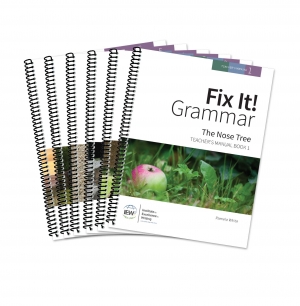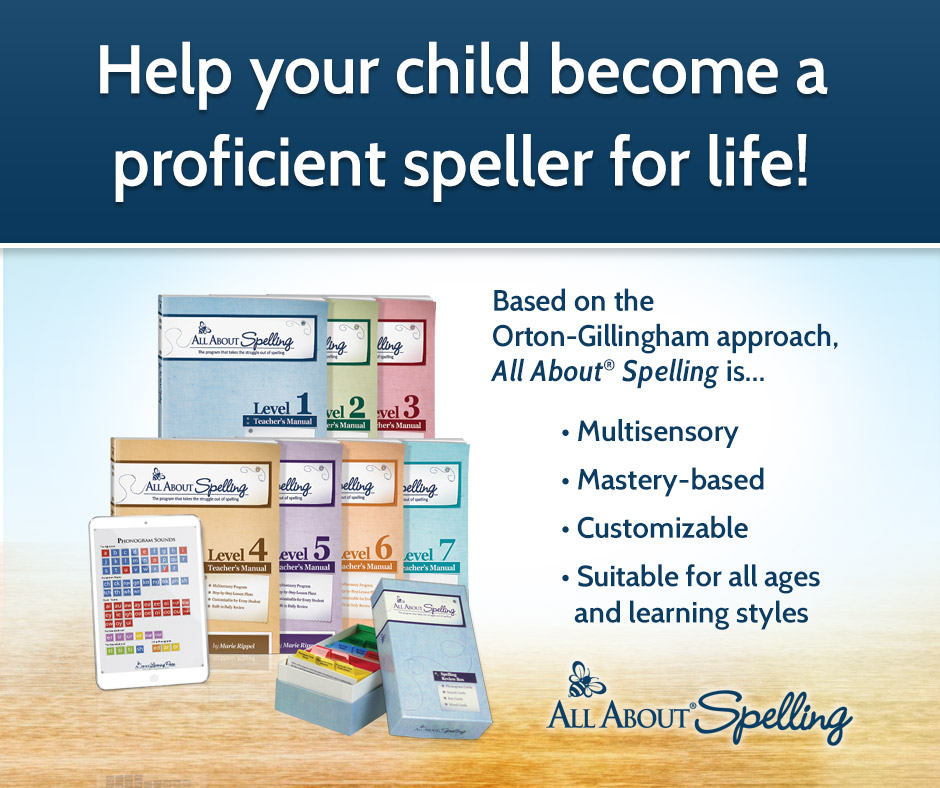
Last year we embarked on the first real-deal, read-the-whole-play-like-an-adult Shakespeare studies! It was fantastic! We truly enjoyed each play and loved reading them aloud, playing the different parts, and thinking about the beauty of the storytelling!
We typically follow the Ambleside Online riches schedule for Shakespeare, taking on one play per school term. However there is almost NO guidance for how to go about this on the Ambleside website. Forum-diving, in the past, has proven none too helpful.
This year, as I have sought to create a Bridge between Classical Conversations and Charlotte Mason in the upper elementary years, I have diverged from Ambleside’s selections for the 2021-2022 school year. Only one of the plays on AO’s schedule – Julius Caesar – is the same. If you are joining us on the Bridge, I have created what I did last year – a rough schedule for reading each of the three plays. If you are looking for a rough schedule for just the reading of Julius Caesar, we will be reading that play in Term 2 of our school year.
Our Approach to Shakespeare
I must admit my excitement about teaching Shakespeare – the real-deal Bard stuff – is a bit over the top. As such, I have spent a bunch of time looking into just how to go about doing it. I have also reflected on what has worked well for us in our early explorations of Shakespeare.
Similar to a multitude of other things in our homeschool journey, I took the dive-right-in approach last year. Looking to sink or swim based on the sturdiness of the small raft I fashioned in the form of the rough schedules I crafted – we had a wonderful sail!
We do not approach Shakespeare in the upper elementary years as anything more than a delightful part of our school week. There is little commentary, little fanfare – and no lectures on structure or style. I do a simple introduction, work on memorizing a passage for a couple of weeks, read the story of the play and then dive right in. We don’t formally assign parts until we are reading each week. My daughter keeps a log of our parts and we simply read aloud together. Afterwards, we have a discussion of what is going on in the play – this counts as narration for us.
This practice quickly became one of our favorite parts of each school week!
A Word about our Rough Schedules:
I am sharing the Rough Schedules for this year here, not because I have gotten it all figured out and am ready to tell the world of my brilliance. Rather, humbly, I offer these Rough Schedules as a way to cast a small amount of light down the tunnel.
You are welcome to kick the logs (as it were) of my little raft and decide if any of my craftsmanship appeals to you. If it does, feel free to follow along with us. If it does not, feel free to walk away knowing how not to do it.
The three Shakespeare plays I chose to study in the 2021-2022 school year are:
A Few Peremptory Goals
Before I divulge my rough schedule, I thought it might be wise to set forth some goals for my “raft.” These are the things I am hoping to accomplish without sinking into the mire as we savor Shakespeare this year.
For starters, basic understanding of plot, characters, and some literary devices are the most basic of goals – observation. Secondly, continuing to develop a love of language – delight. And lastly, developing the ability to dissect hard passages, mining them for meaning, without throwing up one’s hands and dismissing it as too hard – perseverance, it might be called.
With these three watchwords – observation, delight, and perseverance – in mind…Let’s begin.
Term 1: Pericles, Prince of Tyre
I feel I must issue a quick word of warning regarding some of the adult subject matter in this play. I do not refrain from teaching my kids anything – even books with characters having sinful motives and sinful actions. When questions come about why a person would do a particular action or what a particular sin means, I give the best and simplest answer my children can handle. If they have more questions, we follow up only to age appropriate levels. I take every opportunity in my homeschool to point out the differences between good and evil, truth and error, beauty and ugliness.
Having said that, I believe the Lambs’ story version of Pericles, Prince of Tyre out of Tales from Shakespeare to be a gentle enough introduction to these abhorrent deeds. My children may not even ask the questions I fear.
Week 1: Introduction (with memorization passage)
Week 2: Introduction – characters (continue memorization)
Week 3: story (part 1)
Week 4: story (part 2)
Week 5: Act 1, Scenes 1-2
Week 6: Act 1, Scene 3-4
Week 7: Act 2, Scene 1-2
Week 8: Act 2, Scene 3-4
Week 9: Act 3
Week 10: Act 4
Week 11: Act 5 – FIN
Week 12: Celebration – watching the play, snacks, general revelry, etc.
Term 2: Julius Caesar
Week 1: Introduction (with memorization passage)
Week 2: Introduction – characters
Week 3: story – I am still in the process of tracking down a good story version of this play. It is not included in the story versions of the Lambs and it is not in my other go-to Shakespeare story. I may select something from our Story of the Romans to tell the “real” story of Julius Caesar and let my students notice the differences between the “real” story and Shakespeare’s.
Week 4: Act 1
Week 5: Act 2, scene 1
Week 6: Act 2, scenes 2-4
Week 7: Act 3, scenes 1
Week 8: Act 3, scenes 2-3
Week 9: Act 4
Week 10: Act 5, scenes 1-3
Week 11: Act 5, scenes 4-5 FIN
Week 12: Celebration- watching the play, snacks, general revelry, etc.
Term 3: Antony and Cleopatra
My vintage Yale version of Antony and Cleopatra seems very unreliable in regards to act and scene divisions. I am highly skeptical about their accuracy since I have never seen a Shakespeare play with so many scenes in one act. However, looking at more modern versions only adds to the confusion because they have even more scenes in some of the acts! If this is indeed how the play is laid out, we will barely be able to squeeze the entire play into the 12 weeks. It will fit, but just so. The celebration will have to occur after the school term is completed.
Week 1: Introduction (with memorization passage)
Week 2: Introduction – Characters and story
Week 3: Act 1, scenes 1-3
Week 4: Act 1: scenes 4-5
Week 5: Act 2, scenes 1-4
Week 6: Act 2, scenes 5-6
Week 7: Act 3, scenes 1-3
Week 8: Act 3, scenes 4-7
Week 9: Act 3, scenes 8-11
Week 10: Act 4, scenes 1-5
Week 11: Act 4, scenes 6-11
Week 12: Act 5
Concluding Remarks about Shakespeare this Year
I hope this is a blessing to you in some small way! We hewed rather close to these rough schedules last year and enjoyed our readings immensely! I put together some simple resources for my student last year to help her select a passage to memorize, get some small context of the plays, and map out characters. If I get around to making them again this summer, I will update this post.
Enjoy your year with the Bard!
If you are interested in reading more about the Bridge for this year, may I suggest these articles?
- Combining Classical Conversations & Charlotte Mason in Upper Elementary
- The Bridge – Cycle One History
- The Bridge – Cycle One Literature
Stay up to date on all things Bridge-related by subscribing to emails specific to the Bridge here:

Looking to continue navigating the paths between Charlotte Mason and Classical philosophies in the upper elementary years? Please sign up here. If you are already a subscriber, it will NOT double-subscribe you.














